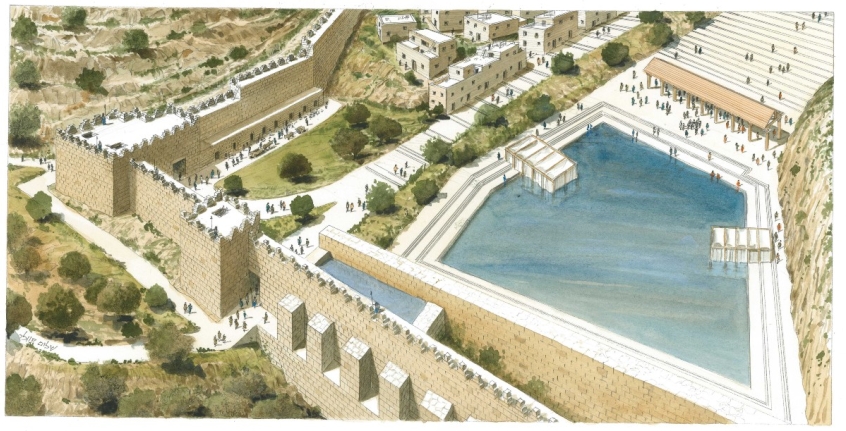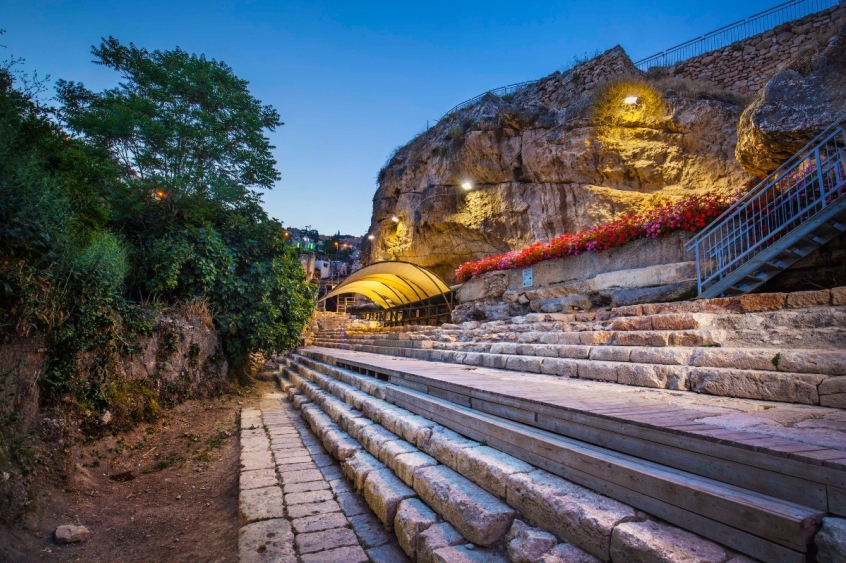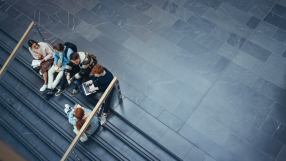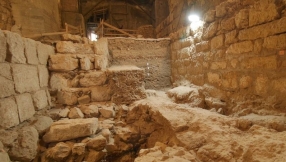
A major excavation is to be undertaken at the historic Pool of Siloam in Jerusalem.
The pool dates back 2,700 years to the reign of King Hezekiah in the 8th century BC, when it was built as part of Jerusalem's water system.
Its construction is recorded in 2 Kings 20:20, which reads, "Now the rest of the acts of Hezekiah, and all his might, and how he made the Pool, and the conduit, and brought water into the city, are they not written in the Book of Chronicles of the kings of Judah?"
It is mentioned again in John 9:7 when Jesus heals the blind man by instructing him to go and wash in the Pool of Siloam. When the man returns, he can see.
The pool was fed by waters from the Gihon Spring in the Kidron Valley and is believed to have been used as a 'mikveh' or ritual bath by millions of pilgrims before their ascension through the City of David to the Temple.

At the height of its use, it is believed to have measured up to 1.25 acres and been inlaid with impressive flagstones.
The excavation is being made possible by a partnership between the Israel Antiquities Authority (IAA), the Israel National Parks Authority, and the City of David Foundation.
The IAA said the site was "of national and international significance".
Previous excavations over the last 130 years have revealed parts of the steps that allowed bathers to sit and immerse themselves in the water.
This is the first time that the site is being fully excavated and there are plans it to be opened to the public.
Mayor of Jerusalem, Moshe Lion, praised the launch of the project.
"The Pool of Siloam in the City of David National Park in Jerusalem, is a site of historic, national and international significance," he said.
"After many years of anticipation, we will soon merit being able to uncover this important site and make it accessible to the millions of visitors visiting Jerusalem each year."













